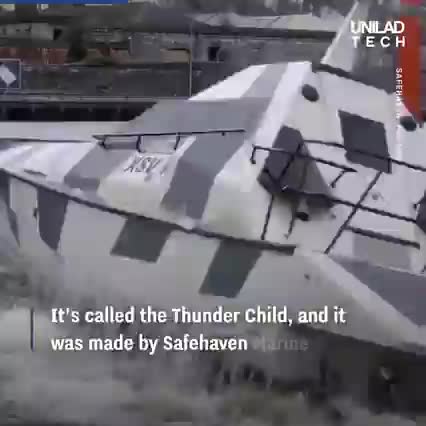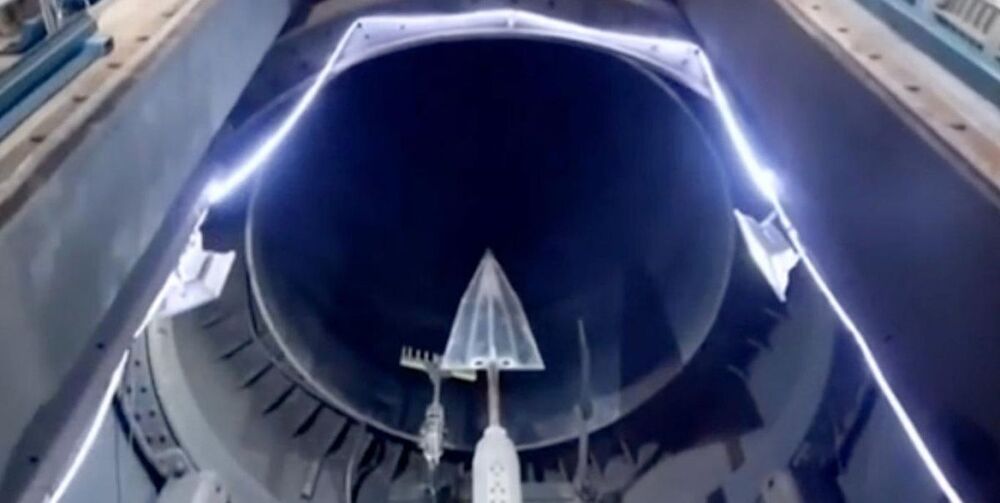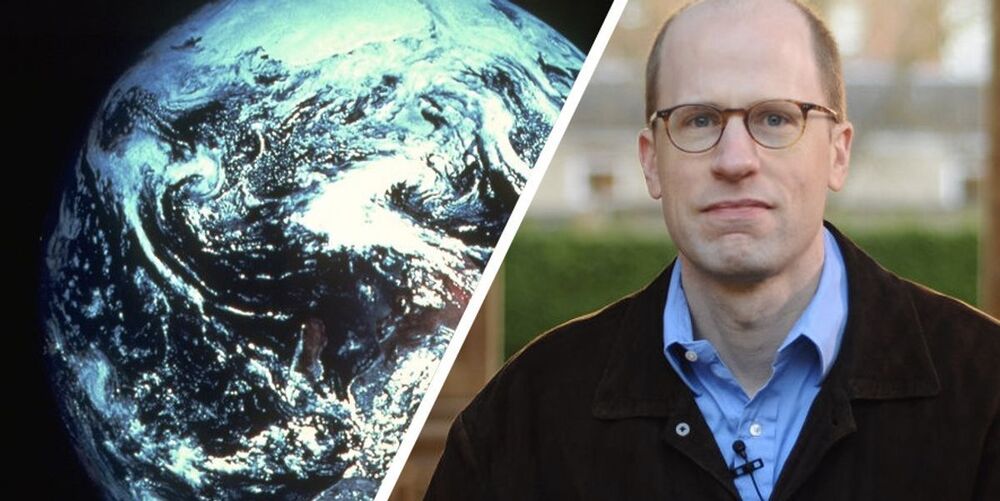As much of the aviation industry fights to survive the coronavirus pandemic, some economists and engineers see the crisis as an opportunity to use stimulus funds to propel air travel to a carbon-neutral future. Photo illustration: George Downs.
More from the Wall Street Journal:
Visit WSJ.com: http://www.wsj.com.
Visit the WSJ Video Center: https://wsj.com/video.
On Facebook: https://www.facebook.com/pg/wsj/videos/
On Twitter: https://twitter.com/WSJ
On Snapchat: https://on.wsj.com/2ratjSM
#WSJ #Aviation #Science







